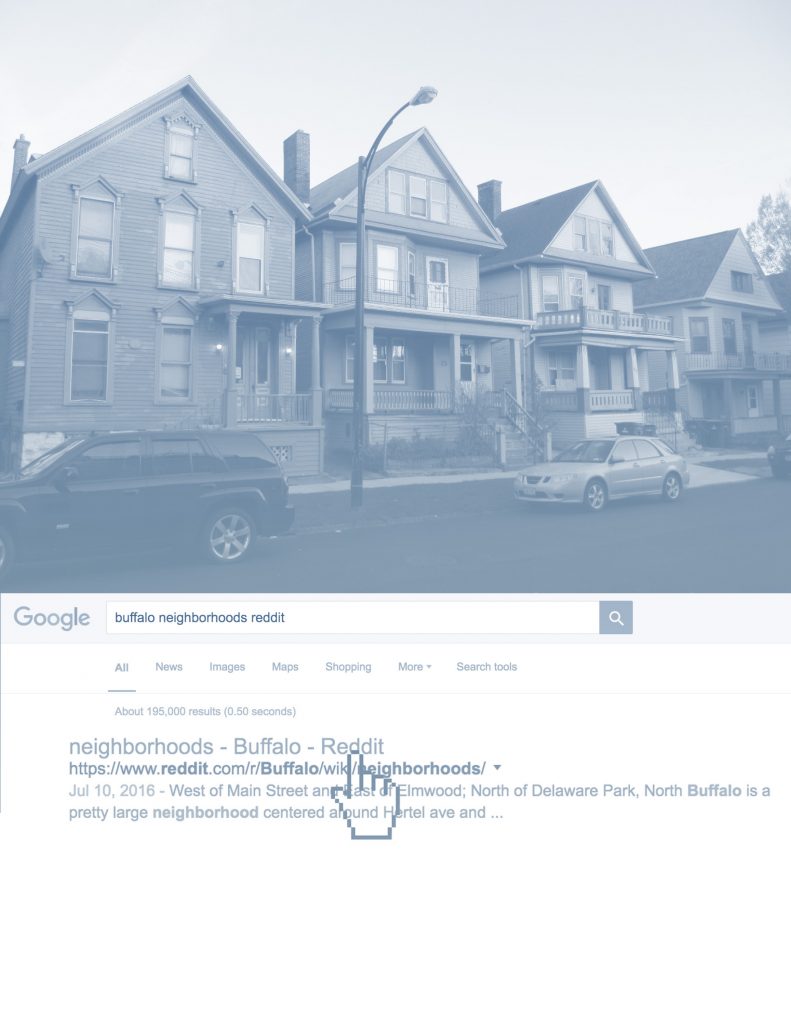The importance of diagrams in architecture as a field of cultural-political plasticity
The architectural diagram can be used as a device that blurs the distinction between subject and object, bringing forth tensions of looking in and through, of being in and out. Jacques Derrida, a French continental philosopher primarily interested in deconstruction, has notably theorized the use of the architectural diagram, and an important idea the Derrida has raised was that of différance. Différance, for Derrida, means not only to ‘differ’ but also to ‘defer’ the meaning if anything, endlessly, because it is never total or finished. This open process of meaning is an obvious fact of cultures since they are historical and changing. For Derrida, an architectural diagram subverts the dominant oppositions and hierarchies currently constitutive of the discourse, and can be modes of becoming an emergence of différance. Architectural diagrams in this sense can operate as an abstract machine that describes the power relations and the narratives of the city of Buffalo, New York.
This thesis will analyze case studies of diagrams from architects such as Bernard Tschumi, AMO, Lateral Office, Archizoom, UNStudio, and Morphosis, that are research-focused, theoretical, experimental, and exhibit elements of clear communication, as outlined in Edward Tufte’s book, Envisioning Information. Architectural research diagrams tend to reveal the power relations in forms, hierarchies, and structures. Experimental and theoretical diagrams in architecture implement the ideas of Derrida for the emancipation and autonomization of the discipline, as seen in Peter Eisenman’s work, where he sought to achieve psychic autonomy and the “unmotivated sign” through his use of diagrams. This thesis is concerned with clear communication design because the information that reveals relations of power should be made obvious.
From the case studies, the thesis will develop as diagrams that represent the narratives of Buffalo, that configure a role not to express an extant social structure, but to function as a tool for questioning and revising the structure. To represent Buffalo, ethnographic research and GIS analysis will be compressed into a series of visualizations that are experimental and theoretical in design and purpose. The use of diagrams in this way is important for questioning and revising the social structure, instead of simply re-iterating it. This use can be seen, for example, in the work of Bernard Tschumi who also framed his work with Derrida.
Comments Off on Abstract In-Class Revisions: Sky Stage

